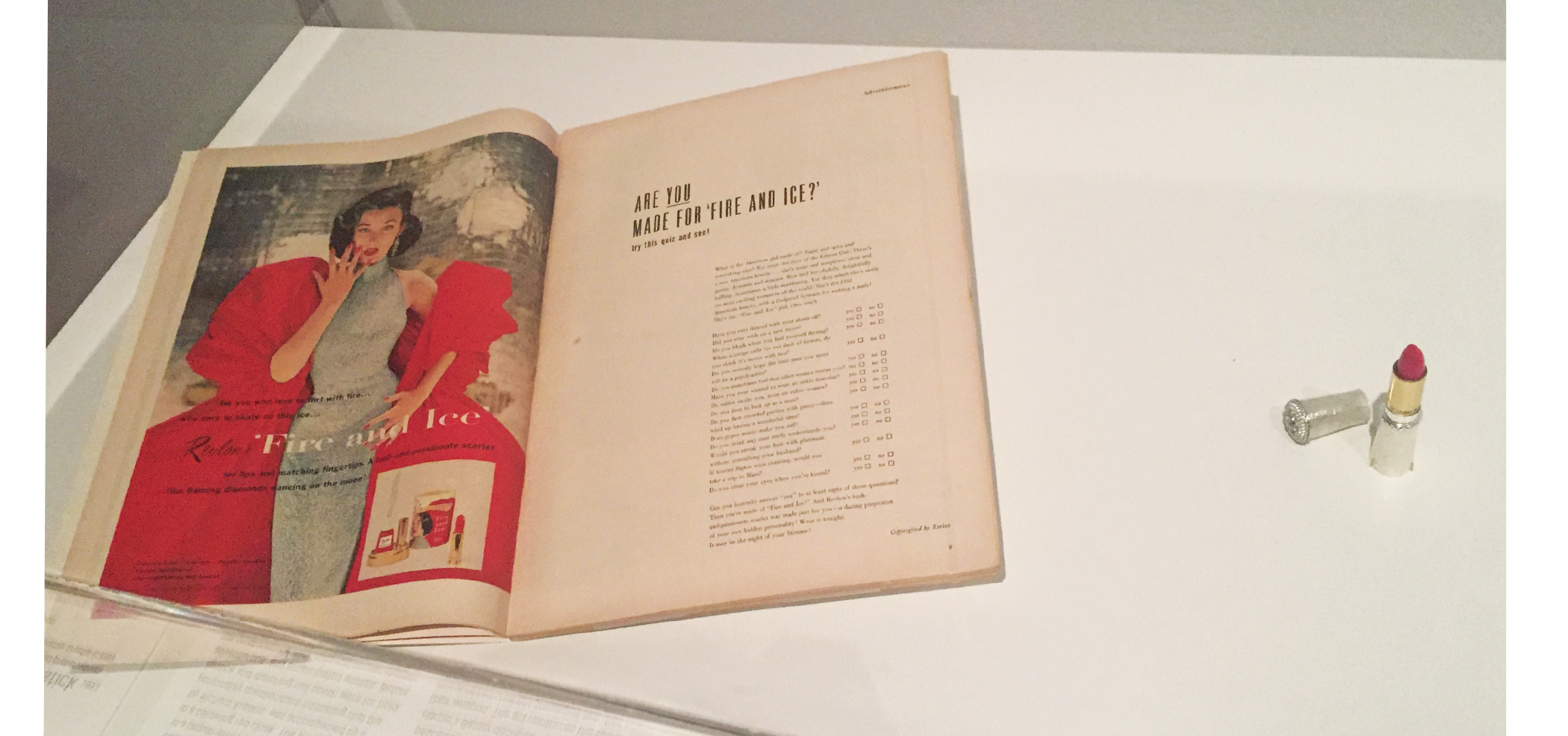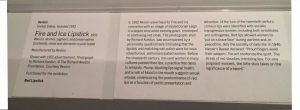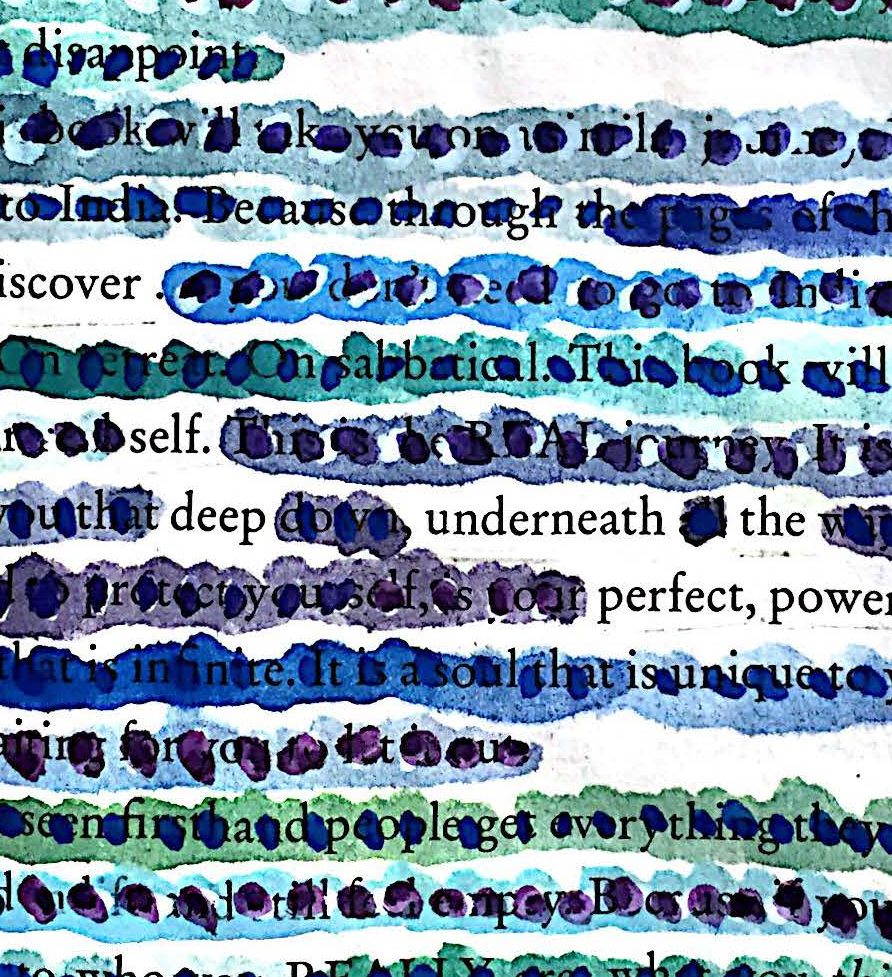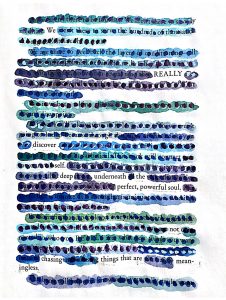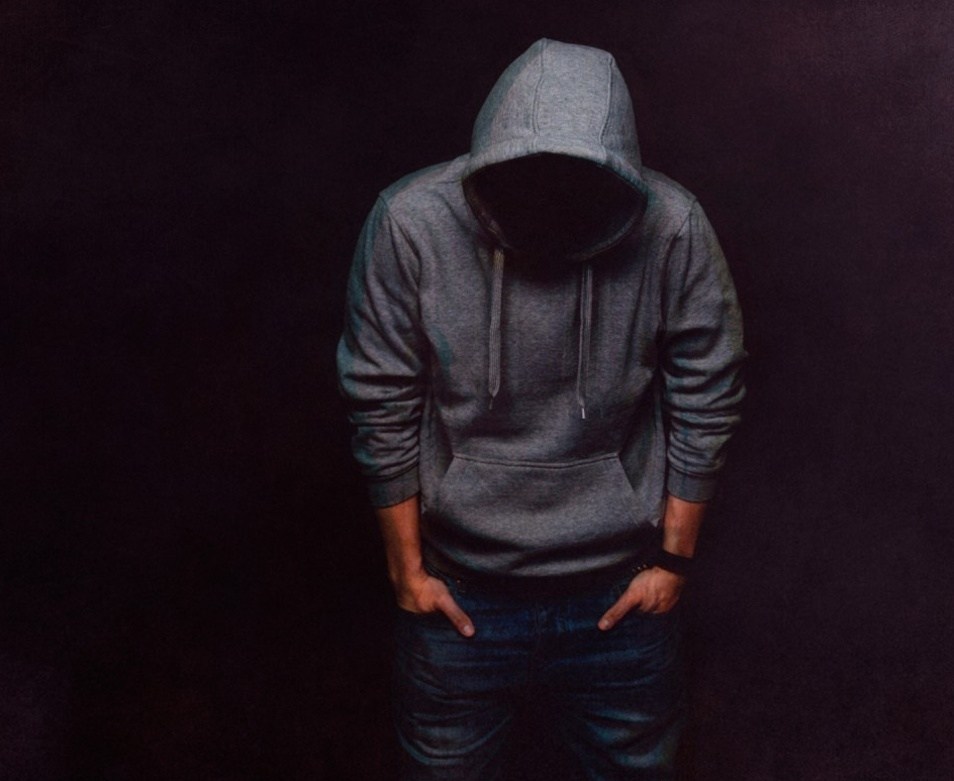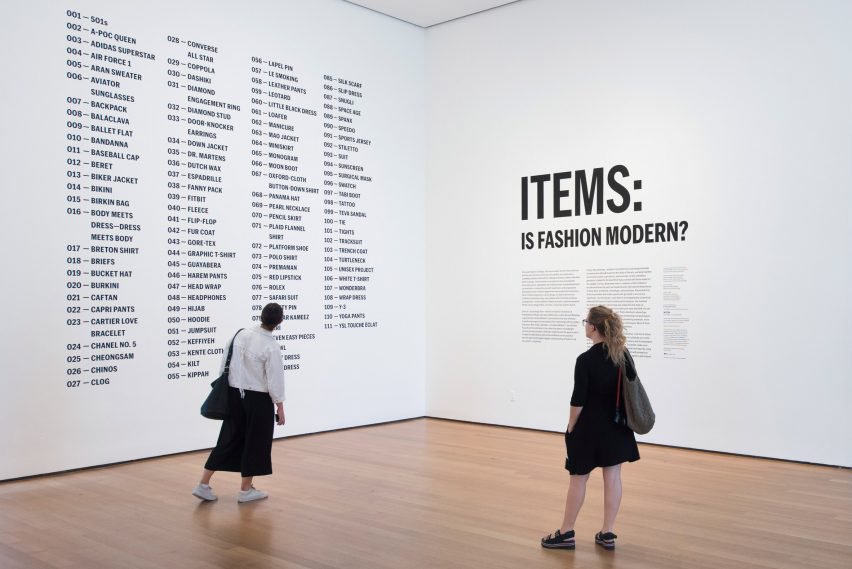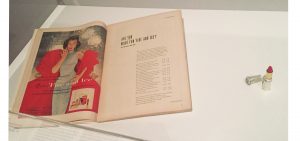Bridge 5 (Reflection & Moving On): Final Course Reflection
- Which assignments helped you to grow and in what specific ways? What interests were sparked? List at least two.
The last two assignments: Bridge 3 (Multiple Perspectives) – Fashion Avatar and Bridge 4 (Intro to Research) – Urban Avatar were the most significant ones for me throughout the semester. While working on Studio’s Bridge 3, my group members and I put in a lot of effort and thought into what kind of garment we wanted to create. Our final outcome: a sari, was a product of a lot of hard work, creative conflicts and newly learned skills. This project helped me grow in uncountable ways. I learned techniques with different materials like fabric, wire and metal. It made me realize how much my interests lean towards fashion. On the other hand, in Seminar, I produced a three-page essay on the significance of red lipstick. I never thought I’d be able to do that. This Bridge was successful in making me widen my perspectives. Lastly Bridge 4’s research element, being a completely new concept for me, was challenging and interesting. My group was assigned Worth Street in Lower Manhattan. After all our thorough research, I can give anybody a pretty holistic tour of Worth Street.


- Which early projects seem connected to your research project?
Our Bridge 2 (Peer to Peer) – Partner Profile seems connected to our research project in the way that we conducted interviews for Seminar and created models depicting action verbs for Studio. We had to delve into our partners’ minds to be able to write a profile on him/her. Making 10 final structures together after 4 iterations of each, set us on the path of discovering new facts and skills.

- Where were there moments of synchronicity between Seminar and Studio, when your work seemed truly integrated?
I felt true synchronicity between Seminar and Studio during the process of Bridge 3 (Multiple Perspectives) – Fashion Avatar. I believe that our visit to MoMA’s exhibit Items: Is Fashion Modern? is responsible for producing that feeling in me. The visit provided a good base for the construction of our garment as well as essay.
- Throughout the semester, how has your writing ability changed? Cite some examples to illustrate your point.
Coming from India, Chicago Writing Style was a foreign concept to me at first. In the course of these fifteen weeks, my knowledge of writing, citing sources, and making bibliographies has expanded so much. For example, I didn’t think I would be able to write a 5-7-page research essay on a single street. My Bridge 2 Partner Profile proved to me that I am improving in my ability to portray a person in words and not just color. There is more than a lot of need for improvement but the techniques and skills I have picked up this semester have built a confidence in me for the coming semesters.
- Throughout the semester, how has your approach to reading progressed? Or how has text changed your work?
Before this semester, I had never annotated any kind of text. After being introduced to the art of annotating I have begun to look at my books and other kinds of texts differently. I am able to engage with them much more than before. I can now have a conversation with the text I read.

- Throughout the semester, how have your making skills progressed? Include allusions to projects to illustrate your point.
Studio has encouraged me to expand my portfolio of skills to a great extent. Working with numerous materials like wood, fabric, metal, clay, wire, etc. has made me super excited for my future at Parsons. I loved working with wire and fabric for our Bridge 3’s sari. I learned how to create wire structures and embellish them by sewing fabric onto them. This technique has interested me greatly. Using the different labs at Parsons has been such a wonderful and educational experience. I look forward to making the most of these resources in the coming years.
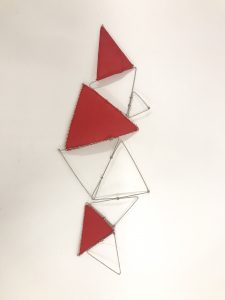
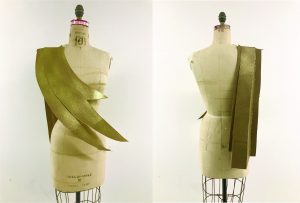
- Which assignments proved particularly challenging? Why? How did you meet that challenge?
My favorite, Bridge 3 (Multiple Perspectives) – Fashion Avatar was the most challenging assignment. My group members and I had too many ideas and took a long time to come to a common conclusion about what we wanted to create. Fortunately, the three of us got along well and settled on incorporating each of our ideas. We managed to produce a piece that combined all our creative skills as well as our cultures.
- Which assignment(s) that you completed might you consider a kind of failure? Why? How can you learn from this failure?
Our first Studio group project: Bridge 2 (Peer to Peer) – Partner Profile was an overwhelming assignment since it required us to make 40 structures within two weeks. My partner, Eric Hu and I managed to finish everything on time but our finished products looked rushed. We didn’t spend enough time trying to explore newer materials. Sticking to paper and wire, did not make our project stand out. This failure was a huge help because it prepared me for the next assignments. I realized that I needed to get out of my comfort zone and start using different machinery and materials.

- Both in your writing and making, do you see common threads or themes? What ideas occurred to you again and again?
Yes, the common theme that I have noticed in my writing and making is the lack of out-of-the-box thinking. I grew up in a place where academics was all about being factually correct. I am slowly letting go of my rigidity and trying to let my creativity flow out freely. The ideas that keep occurring to me are ones that have already been thought of. I want to go beyond that.
- How can you use what you’ve learned in Integratives this semester and apply it to next semester and to your focus at Parsons?
Since I’m an Integrated Design major, the variety of concepts I have picked up in Studio and Seminar this semester will go a long way with me through the next three and a half years. I love integrating different art forms, materials, and skills into one project. The various Bridge assignments have helped me realize my true interests: Fashion, Product and Communication Design. As I mentioned earlier, using the labs and resources at Parsons this semester has boosted me for Spring 2018.
- What questions or interests sparked this semester would you like to pursue in more detail next semester?
Having done Bridge 4, I would love to pursue deeper research on different parts of New York City. Although citing sources may be a pain at times, the research aspect makes up for it. I am also interested in using writing and making together in some way.









